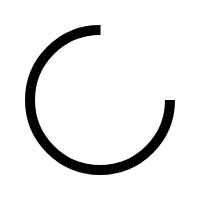
Hyacinth: everything you want to know
Ah, the sweet-smelling loveliness of the Hyacinth. This beautiful flower has long been cherished for its vibrant colors and delicate blooms. Hyacinth came around 1560 from Turkey to Europe. In Greek mythology, the gods Apollo and Zephyr compete for the affection of a young boy named Hyakinthos. Apollo teaches Hyakinthos how to throw a discus. Jealous by the sight, Zephyr blows a gust of wind in the direction of Apollo, sending the discus hurling back toward Hyakinthos. The discus hits the boy and kills him instantly. Apollo notices that a flower began to grow from the blood of Hyakinthos, and names the flower Hyacinth in his honor.
The symbol for new beginnings
The Hyacinth holds a rich symbolism that varies across different cultures and historical periods. In general, it is associated with beauty, sincerity, and playfulness. Hyacinth is often found in Christian churches as a symbol of happiness and love. This makes it an excellent choice for festive occasions that celebrate new beginnings, such as a birth.
Which types of Hyacinth are available?
Hyacinths are available in a beautiful color palette, giving florists and flower lovers a wide range to choose from. The most common colors include blue, pink, purple, white, and yellow.

When is Hyacinth in season?
Hyacinths are originally typically available in the spring, particularly from March to May, aligning with their natural blooming season. However, nowadays we can (almost) year-round enjoy this flower.

Popular Hyacinth varieties
-
30 cm
-
40
-
30 cm
-
30
-
30 cm
-
30
-
30 cm
-
30
-
30 cm
-
30
-
30 cm
-
40
-
30 cm
-
35
-
30 cm
-
30








